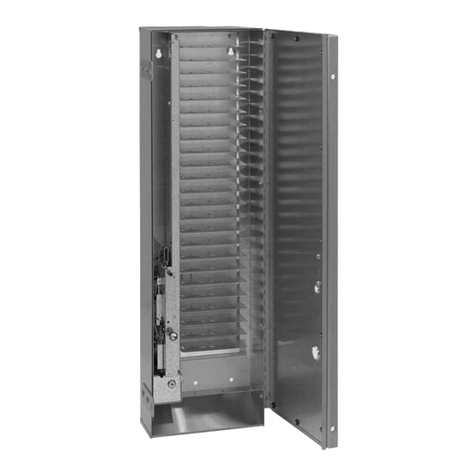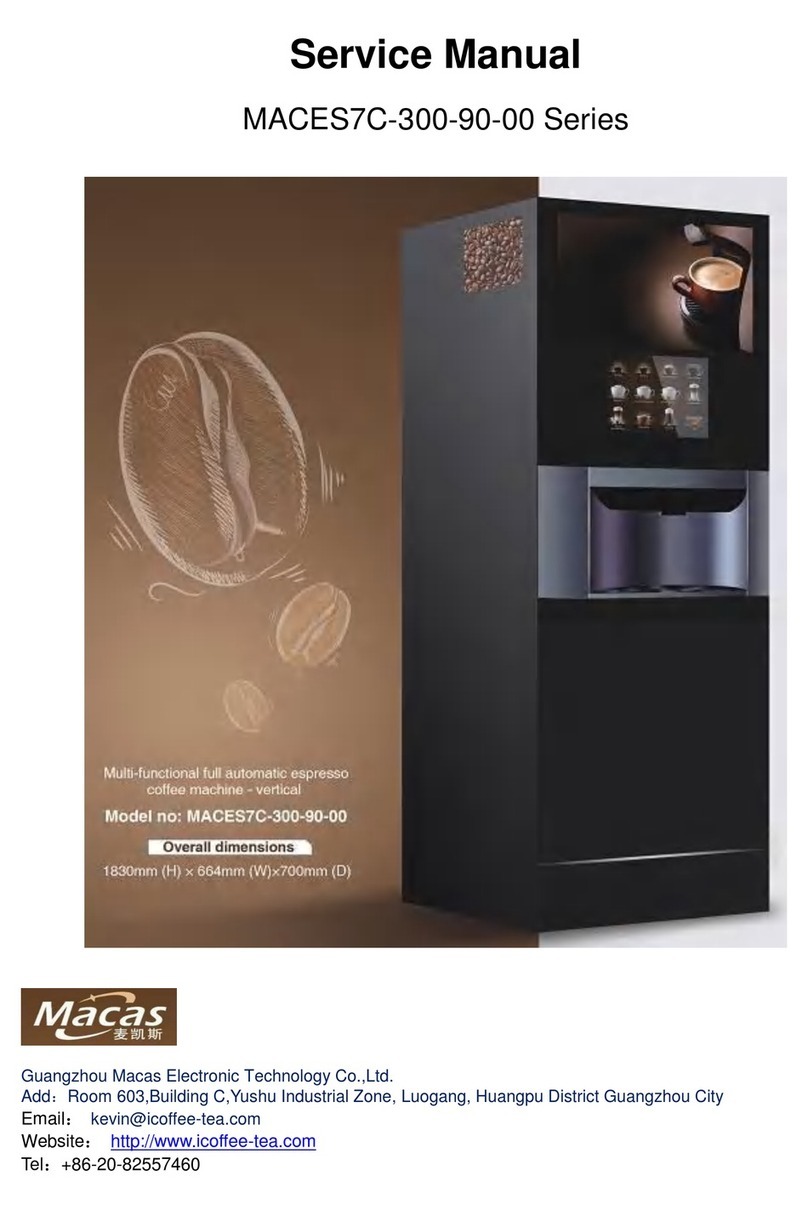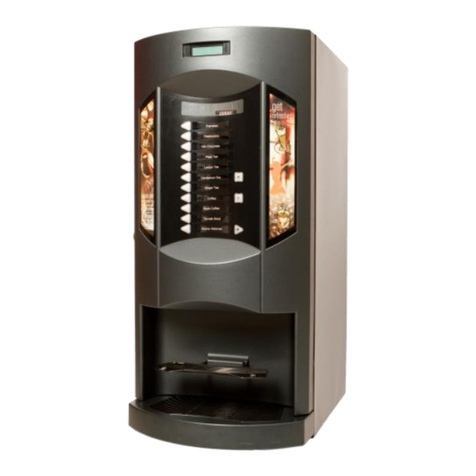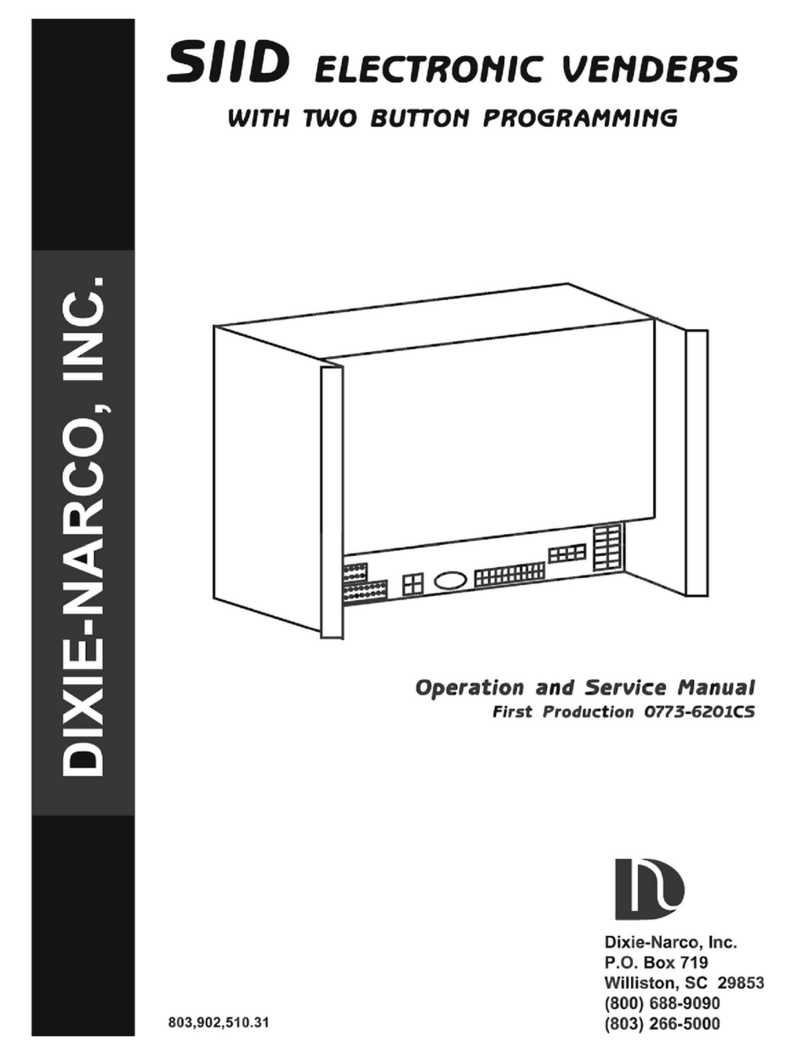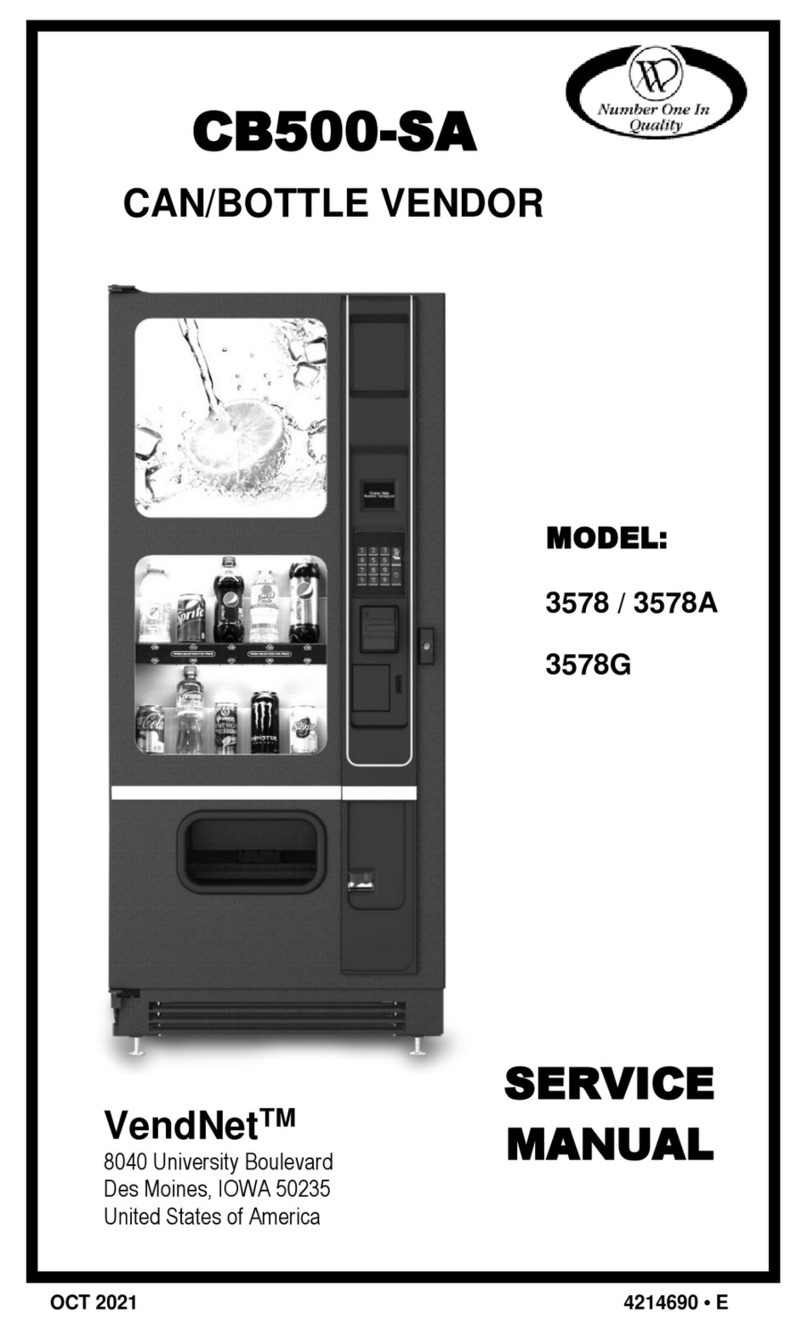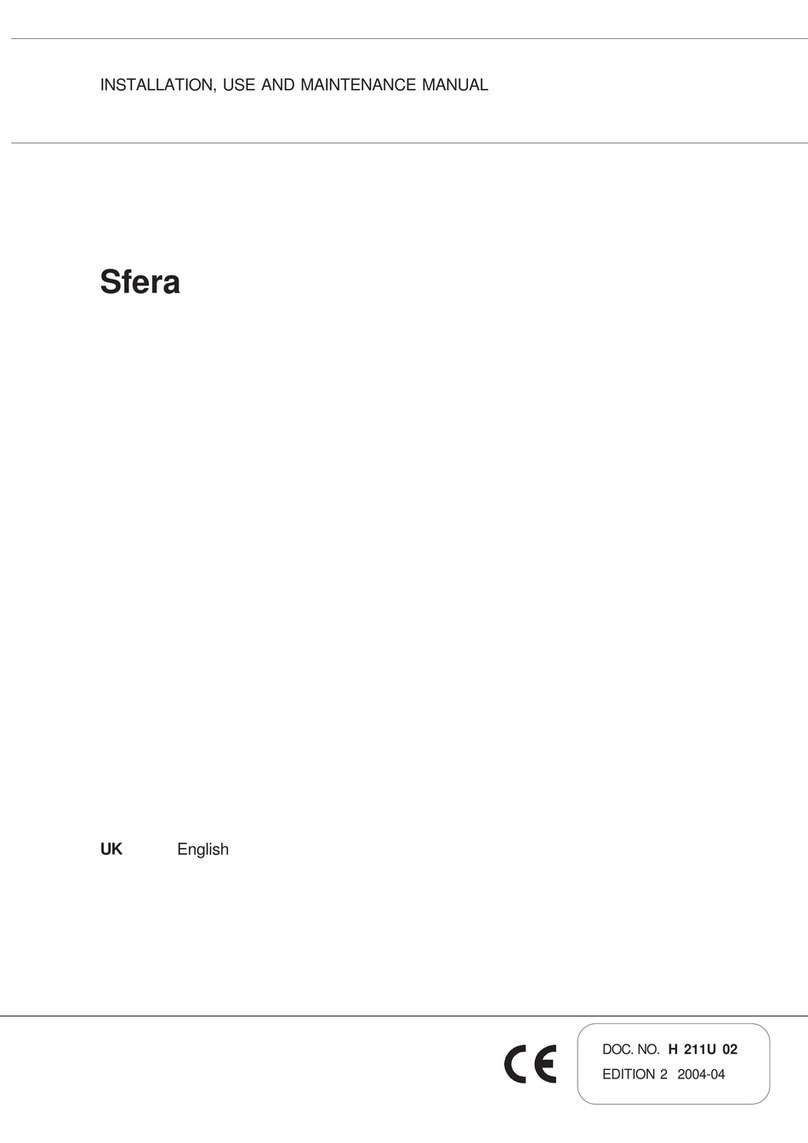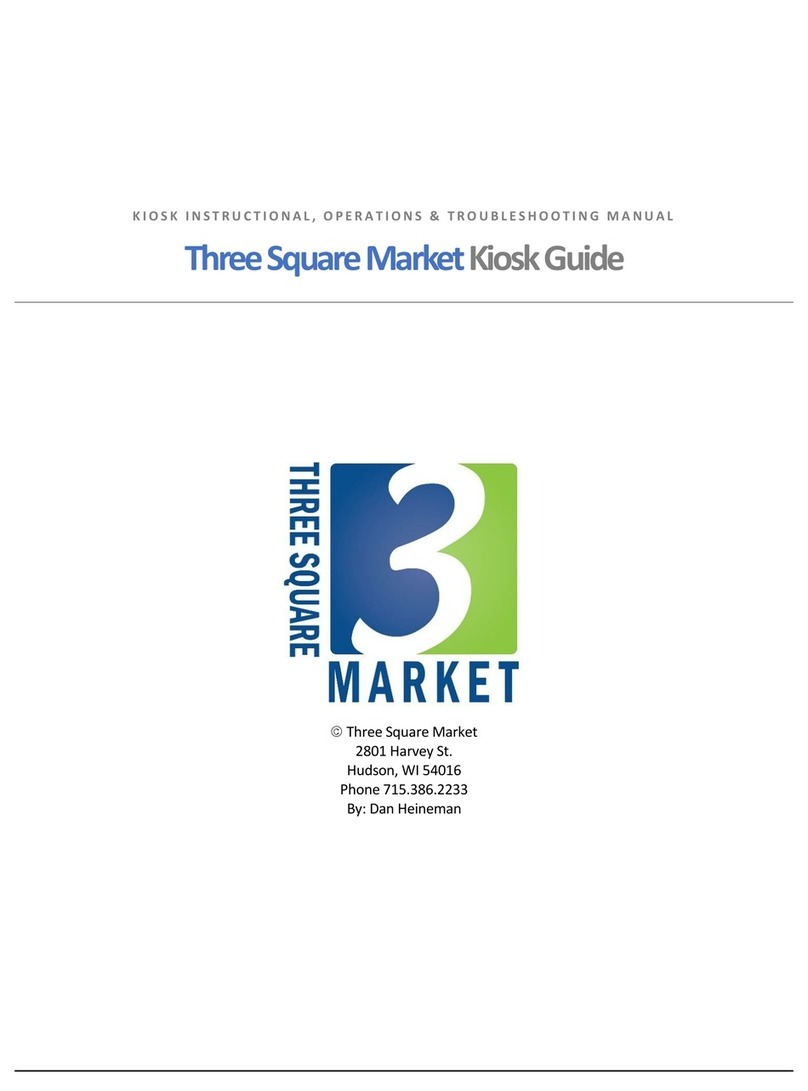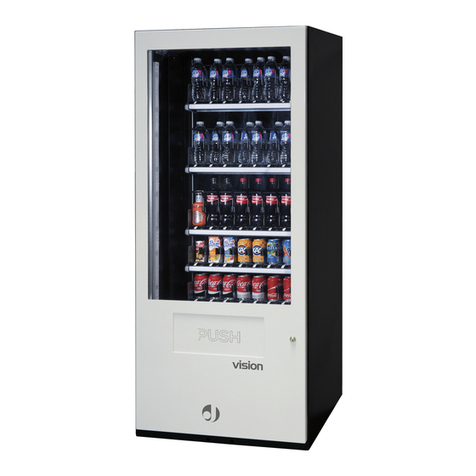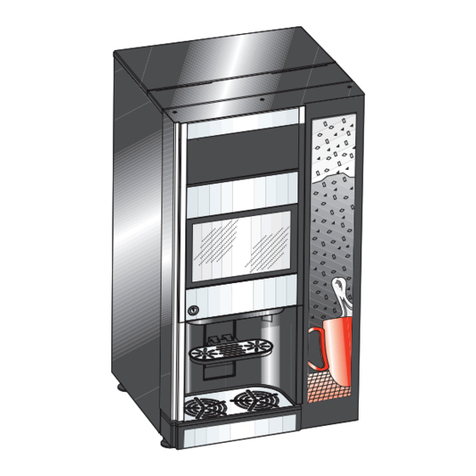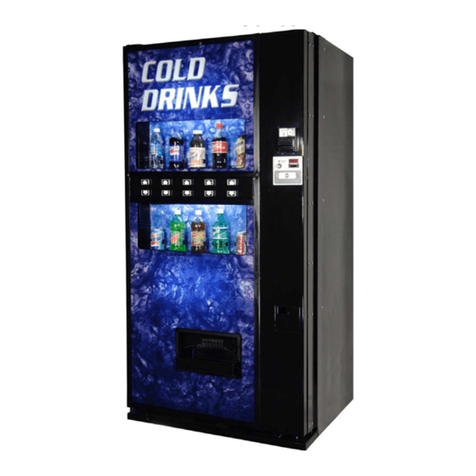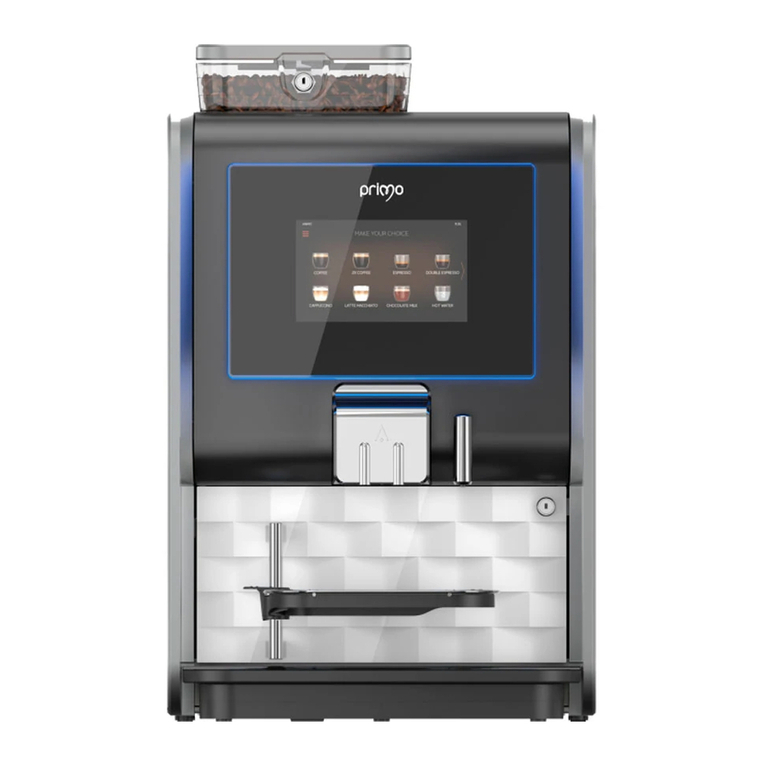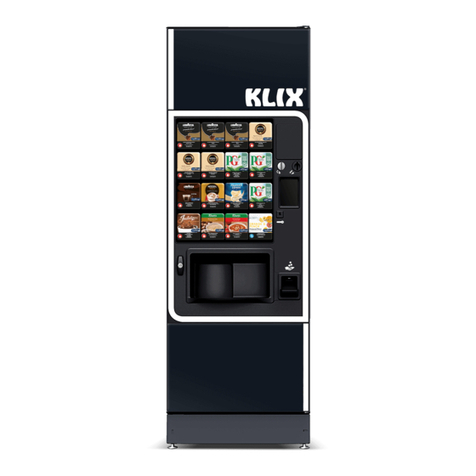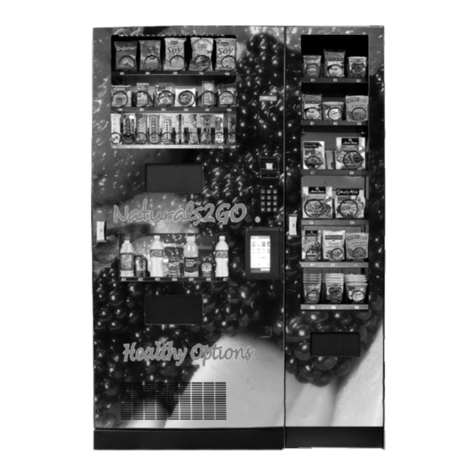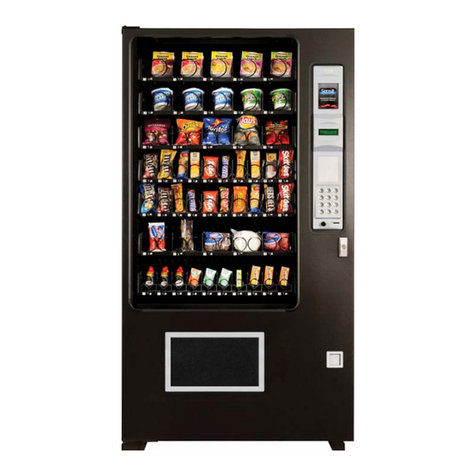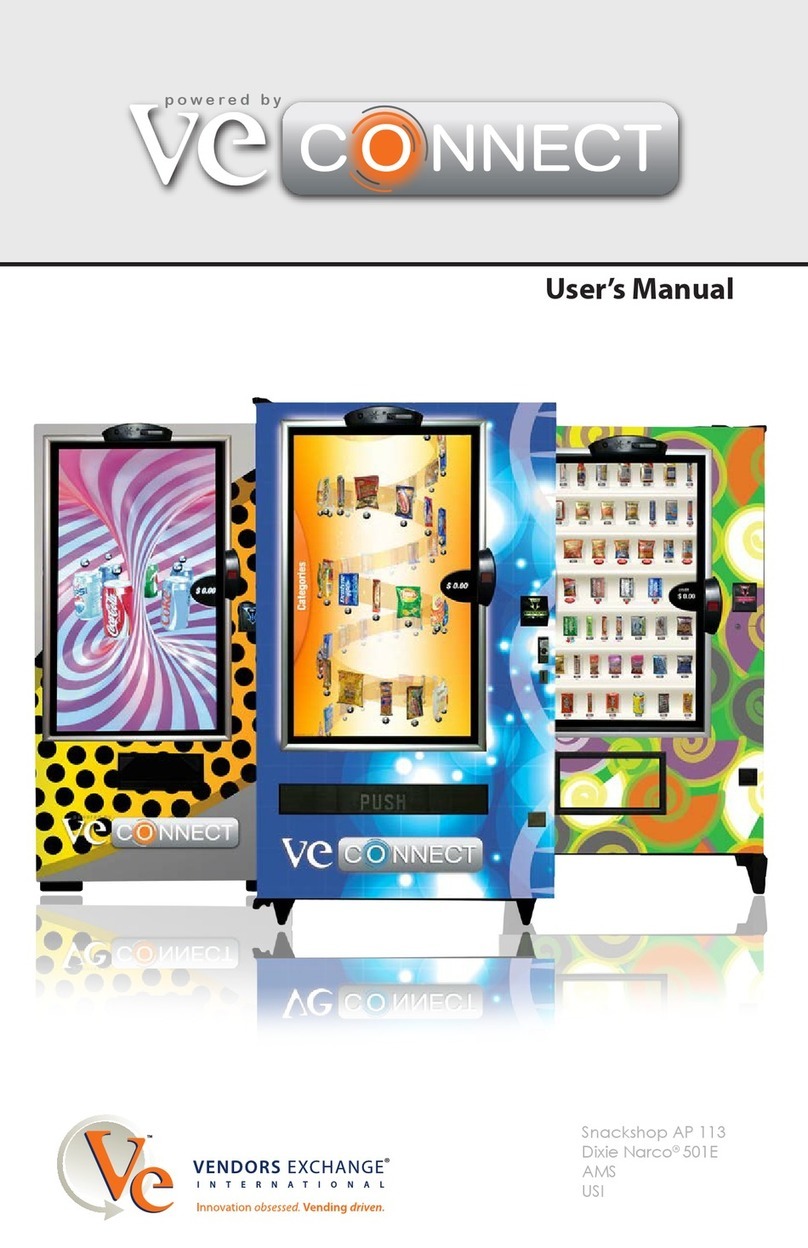
6
BAG OF ICE - LIMITED PRODUCT WARRANTY
Bag of Ice warrants to the Distributor and/or original Buyer each new product manufactured
and sold by Bag of Ice including attachments and accessories thereto (“Product”) to be free
from defects in material and workmanship under normal use, maintenance and service.
Bag of Ice will cause any major structural component of a Bag of Ice product covered by
this warranty which proves to be defective in material or workmanship under normal use,
maintenance and service within two (2) years from rst day in service, provided rst day in
service is not later than two (2) years from delivery to Distributor and/or original Buyer or
other user to be replaced without charge with a new or repaired part at Bag of Ice ‘s election.
Bag of Ice also will cause the labor to remove any such defective part and to install the new
or repaired part to be provided without charge to the owner of said Bag of Ice product. Bag
of Ice or one of its vendors will furnish the parts and labor to meet this warranty. Bag of Ice
will cause all other parts of Product covered by this warranty which prove to be defective in
material or workmanship under normal use, maintenance and service within one (1) year from
rst day in service, provided rst day in service is not later than one (1) year from delivery to
Distributor and/or original Buyer or other user, to be replaced without charge with a new or
repaired part at Bag of Ice’s election. Bag of Ice also will cause the labor to remove any such
defective part and install the new or repaired part to be provided without charge to the owner
of said Bag of Ice product. The parts and labor to meet this warranty will be furnished by Bag
of Ice or designated distributor. Proof of any defect must be submitted to Bag of Ice within ten
(10) days from date on which the defect was discovered and any claim arising from repair work
approved by Bag of Ice submitted within thirty (30) days after repair work is completed. Bag of
Ice warranty does not cover:
1. Defects, damage or deterioration due to normal use, wear, tear, exposure, storage or
corrosion.
2. Normal maintenance service items, such as lters, motors, chains or other items subject to
wear and tear.
3. Damage due to failure to maintain or use the Bag of Ice product or part according to manuals,
schedules or good practice.
4. Damage caused by abuse of equipment or parts by improper operation or use, installation
of unapproved accessories or unauthorized alterations.
5. Damage resulting from repairs made in an unauthorized manner or installation of components
not authorized by Bag of Ice.
6. The labor to remove and reinstall a defective replacement part after the expiration of the
warranty period applicable to the product in which part is located.
7. Transportation of the Bag of Ice product to the distributor’s service facility or transportation
of the distributor’s or Bag of Ice serviceman to the product location.
8. Vendor components not manufactured by Bag of Ice, such as ice maker, bill validator, etc.
that are normally warranted and serviced by the manufacturer.
9. Damage due to vandalism, theft or other illegal acts.
The warranty of the respective manufacturers of these components shall apply.
